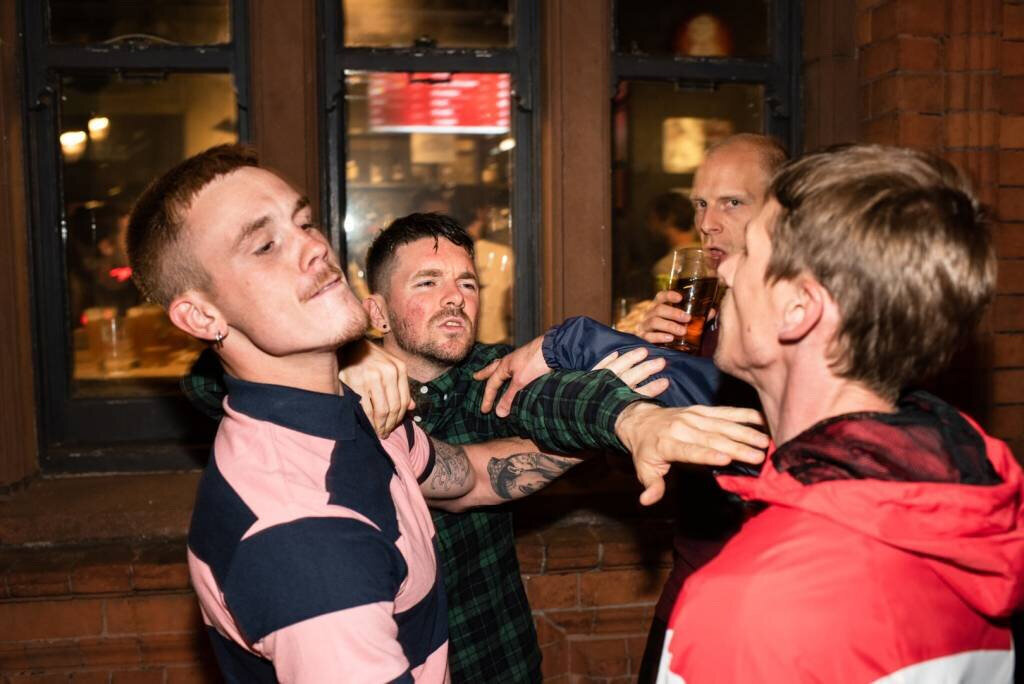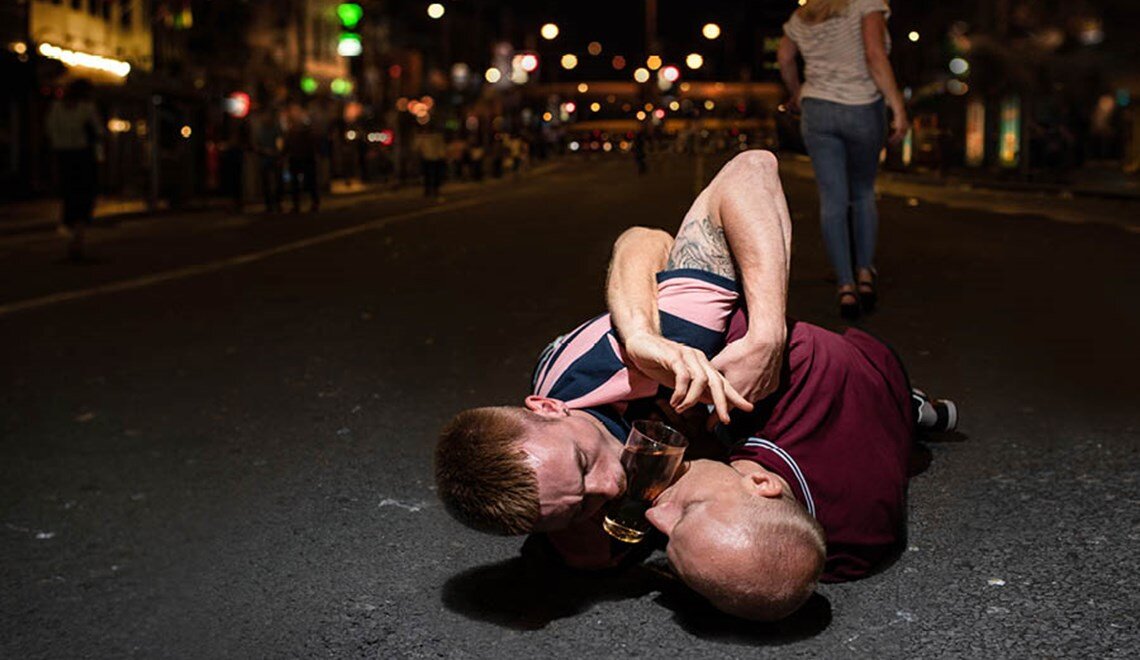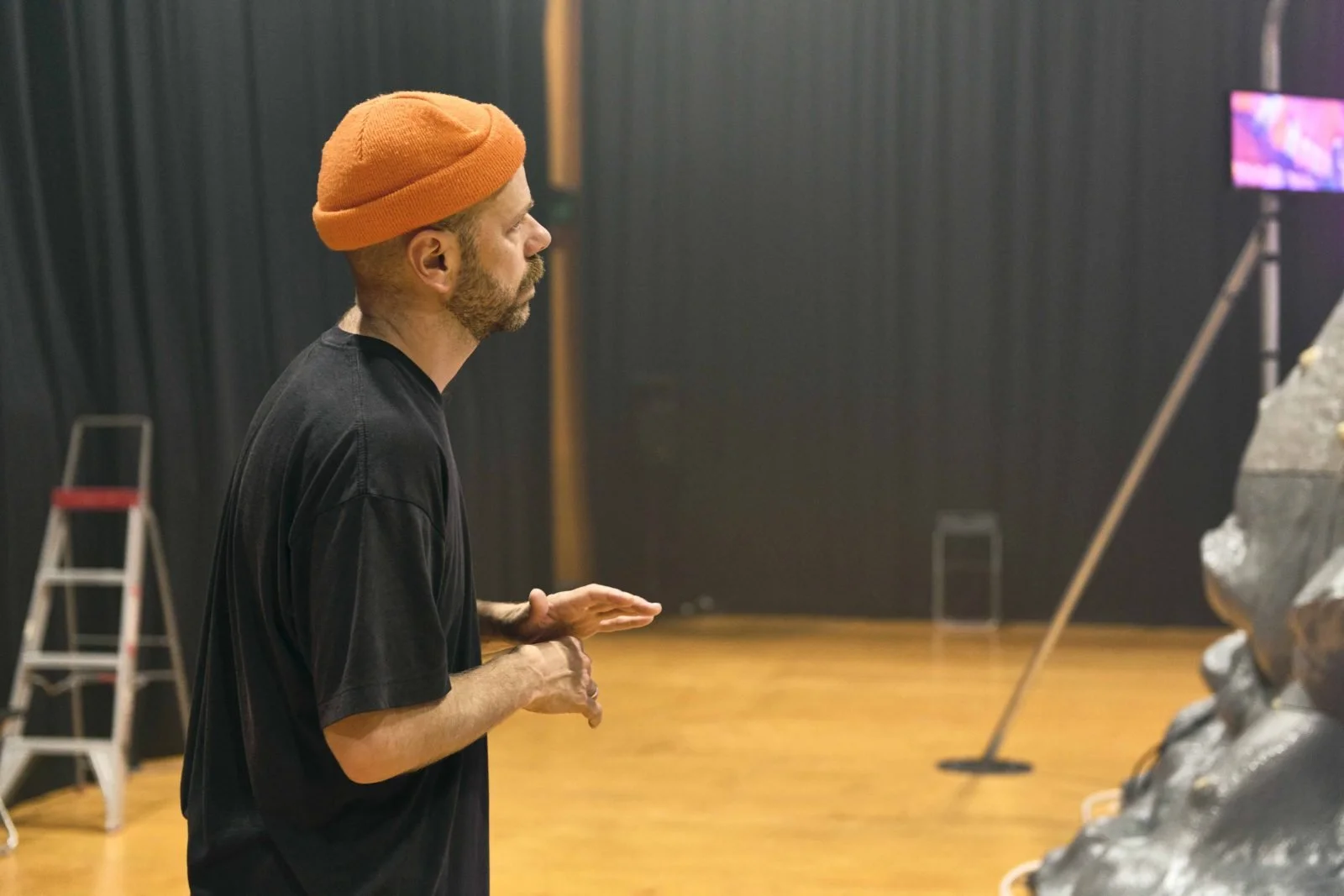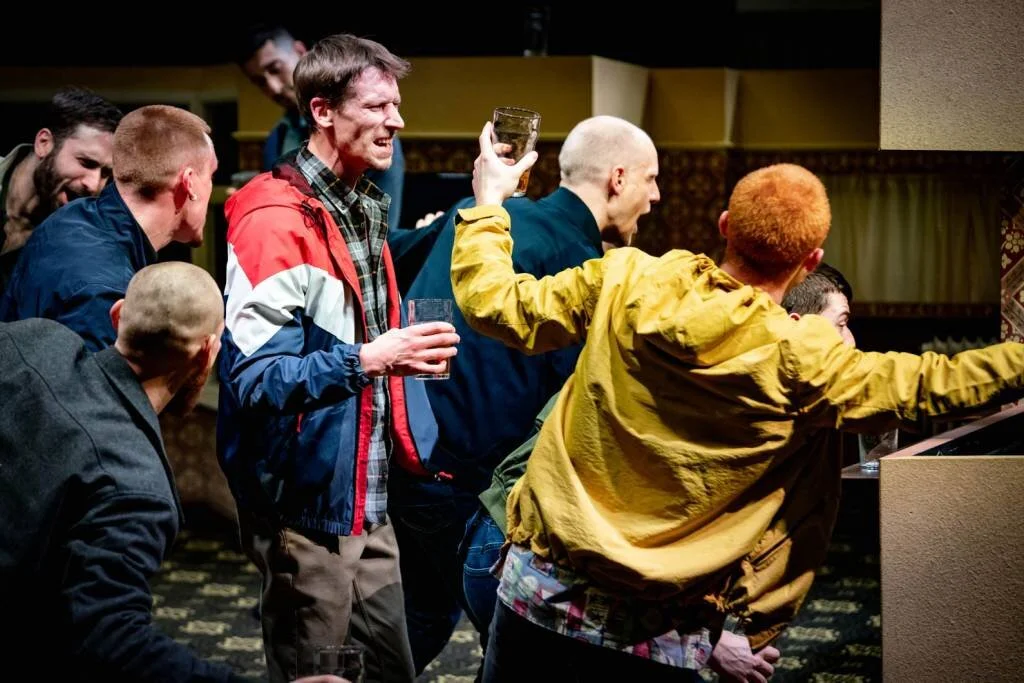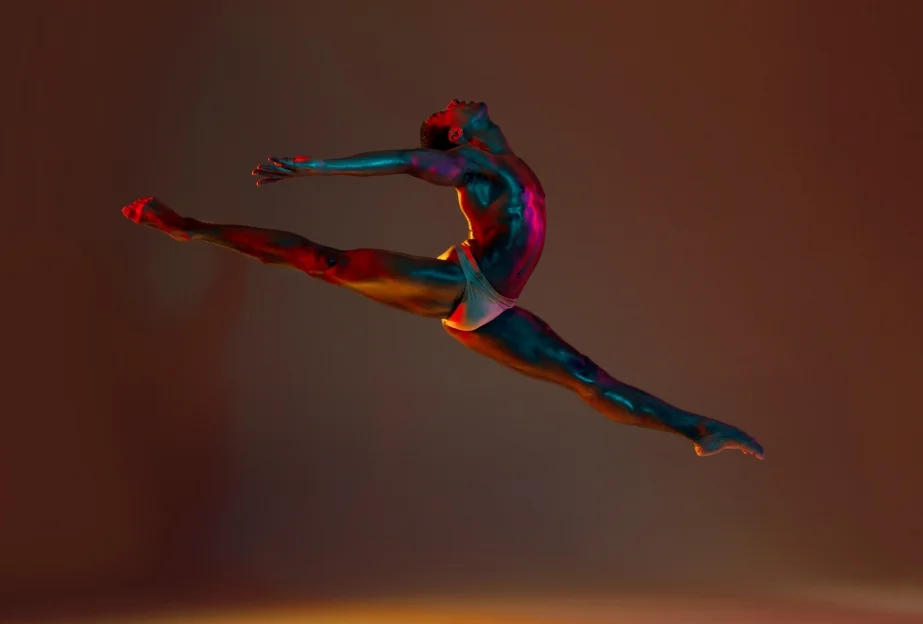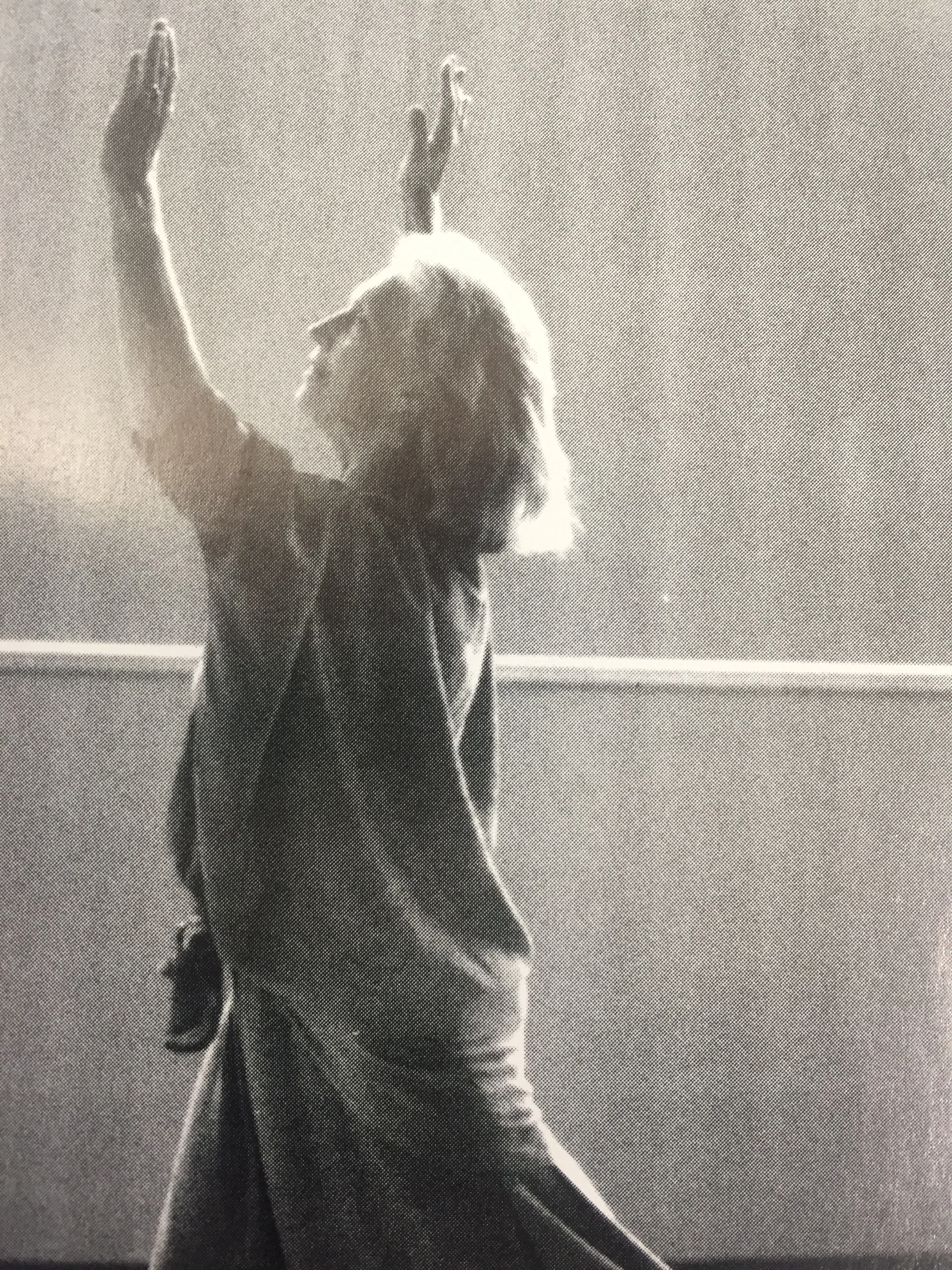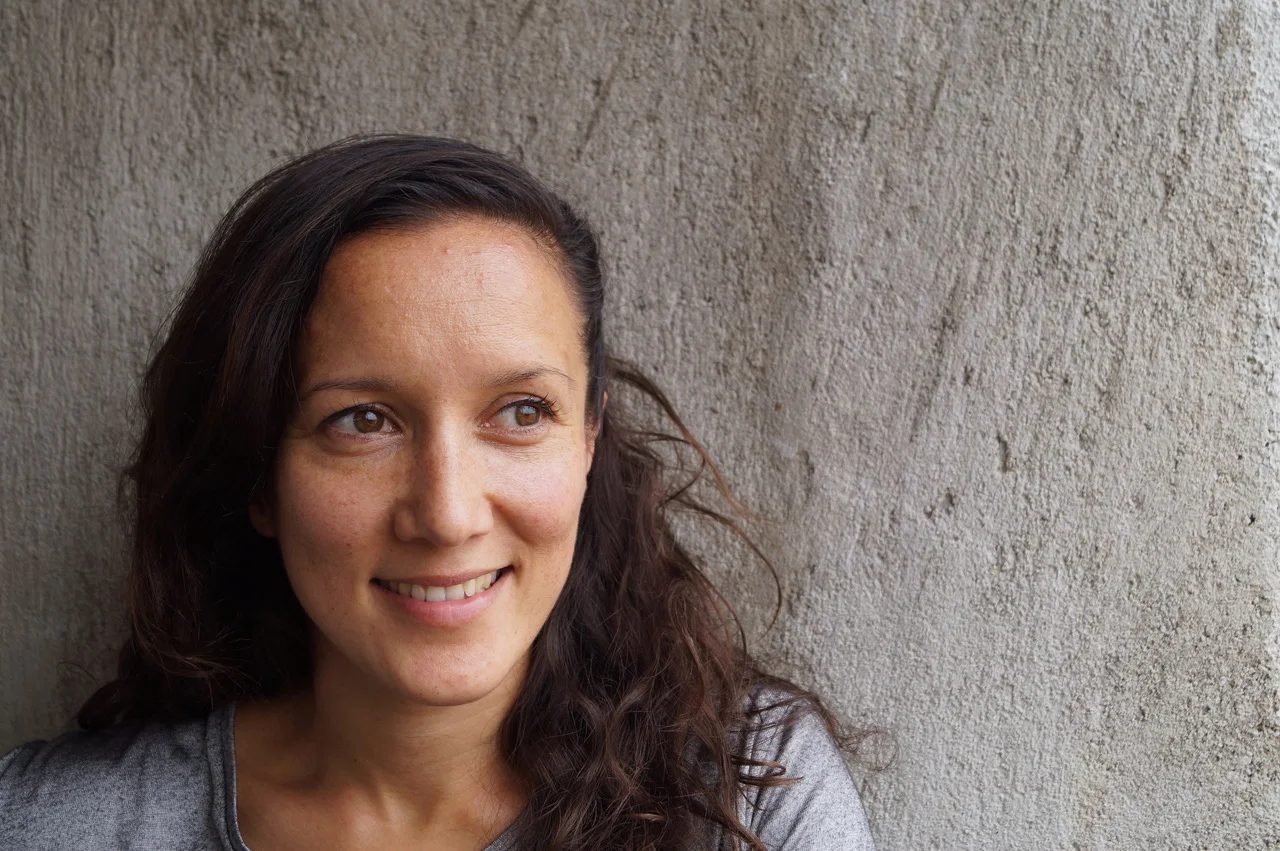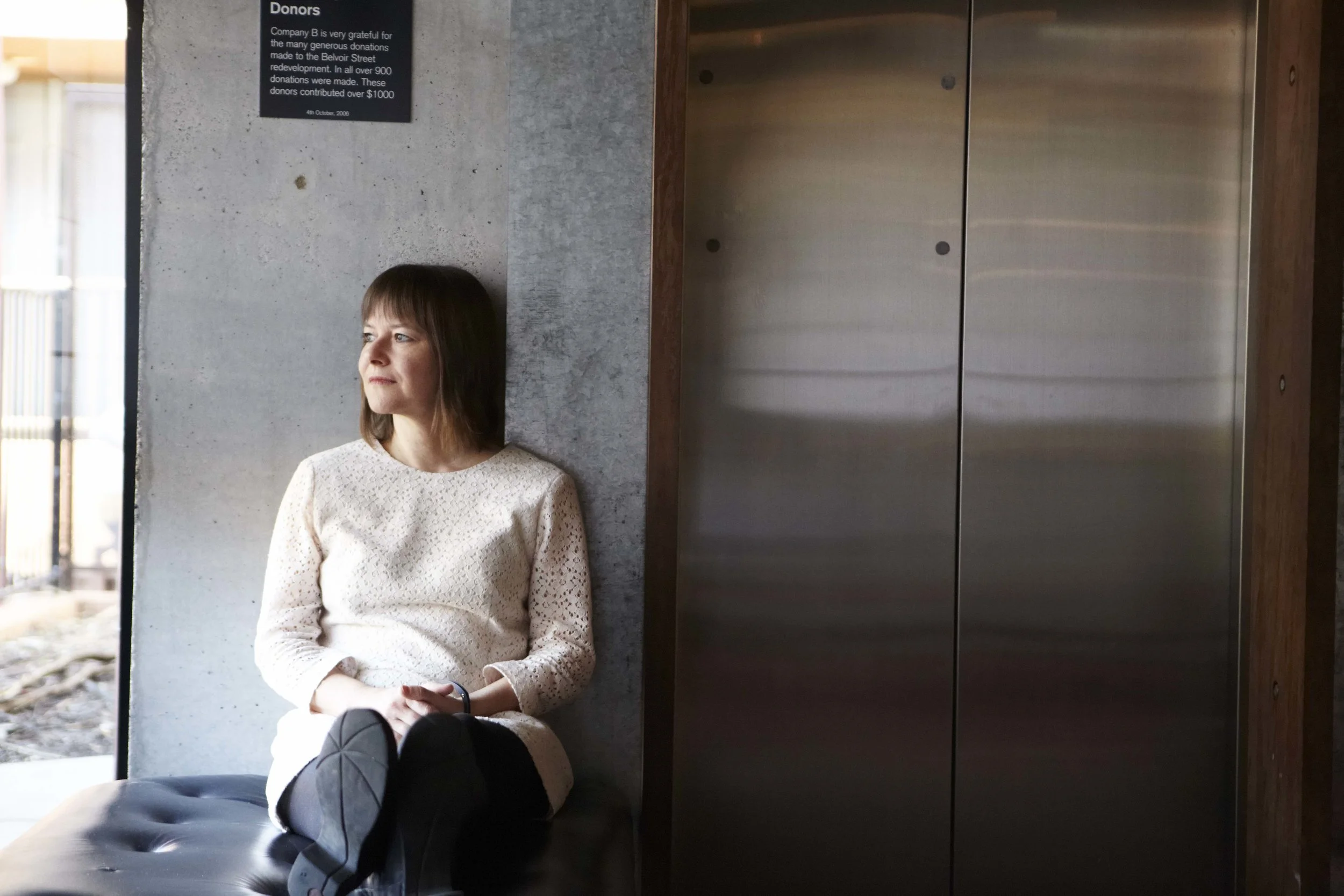Photo credit: Hugo-Glendinning
Lloyd Newson is best known as the founder and artistic director of DV8 Physical Theatre, in London.

Photo credit: Fiona Cullen
Born in Albury, Australia, Lloyd studied psychology and social work at Melbourne University, becoming interested in dance. This interest continued to deepen when he attended the London Contemporary Dance School on a full scholarship. He started DV8 Physical Theatre in 1986.
DV8 as a company has had a profound impact on shaping perceptions of dance and physical theatre, with performers of a range of backgrounds, and different types of bodies all having a place in different performance works. Lloyd has tackled a range of issues in his works including male violence and homophobia. In 2007, Lloyd placed an increased focus on the role of text alongside movement in his pieces, seeing him make works such as Can We Talk About This? and JOHN.
DV8’s work is highly acclaimed and has won countless international awards. In 2013 Newson was awarded an OBE from the Queen for services to contemporary dance. He has been cited by the Critics Circle as being one of the hundred most influential artists working in Britain during the last one hundred years.
In 2016, after 30 years of running DV8, Lloyd made the decision to step back from the company and to reflect on both the achievements and what he still wanted to say with the company. Running a company for 30 years is no easy task, with a small core team supporting an extensive output.
2020 sees the return of DV8 with the seminal work Enter Achilles, produced by Rambert and Sadler’s Wells. The work is touring internationally, with its first season outside Europe for Adelaide Festival. This is the first-ever remount of a DV8 production, first made in 1995. Enter Achilles set in a British pub, explores themes related to masculinity, stereotypes around men, male violence and men’s insecurities.
Lloyd doubts that he will ever make another full length work, and has found a sense of freedom outside the daily operation of arts company.
You can find a written transcript of this episode here.
‘We value everyone equally, but you know, of course each person has a role to play in the team that's been created, but no one is, you know, less valuable than another.’
‘My daughter Billie, she was in rehearsal today. My son Archie grew up the first two or three years of his life, like, on tour with me when I was with Bangarra Dance Theatre and just being in the artistic environment and being surrounded by people is such a beautiful gift, I think, that I can give to them as well.’
‘When I'm making dance and when I think about choreography or art, I often relate my early childhood experiences to the things that I make now as well.’
‘I guess for a lot of people, ballet is still very much an evolving, developing language. I think people think it was probably stuck in a time and hasn't progressed. But modern ballet is very challenging and arresting and it's finding new ways of working with an old structure.’
I used to say for a long time that I thought the dance was the Prozac of the art forms. […] there is an aesthetic that dominates our work, often complex or ugly or difficult issues are glossed over because people are pointing their feet and look very lovely.
“What I love about the dance world is that it has the possibility of bringing together so many different cultures, so many different people, beliefs, ways of thinking, ways of being in a space … we always find a common ground and a way to exist and support one another and to create something really beautiful”
“There is something about sharing something with somebody, or about teaching somebody something that allows space for a conversation that you might not normally have.”
“I try to make the ballet world a lot more colourful, diverse and a lot more inclusive.”
“The fact that the sexual undertone, or the desiring undertone that a lot of dance is operating through, for me it was very important to make it explicit. To actually say ‘okay part of what is happening here is a question of desire, it is a question of being stimulated physically. Then there are many different levels or layers of this happening of course. In my work it was about saying, we have to recognise that these underlying structures are there, and if we recognise it and even expose it explicitly then maybe we can actually look at for something else or question ourselves….”
“I am a huge feminist, so there was something about the strength of the females going on pointe, that really interested me, I like that there was strength beyond the beauty.”
“We need to work harder to make sure that everyone has equal opportunity to make that work”
“Sounds like a Hallmark Card, but focus on what your gift is, what your talent is, what you are. Know that if someone’s offered you a job it is because they have seen something individual in you and try and cherish that. […] Don’t try and be someone else. […] There is nothing more exciting than seeing a dancer who is completely individual. They don’t need to be perfect, but to have that flame inside.”
“With dance it sort of felt right, I felt I could be myself and express myself, when I was dancing.”
“I really love to see dance as a place of exploration, where you actually try to capture something that is not really conscious.”
“Dance has that very exclusive possibility to express something physically, something that other forms aren’t able to express….watching a body go through some kind of negotiation, experience or sensation, which as an audience you can share”
“People say to me, ‘are you still dancing’, and I go ‘well what is dancing? What does dancing mean, I go into the studio and put music on?’ Maybe I dance when I play with my niece. […] we are sort of dancing everyday aren’t we?”
“I am interested in how we talk about dance. Because: a. I think many people are scared about it, they don’t really understand it. b. we don’t often, really get to uncover it, and talk about it much. ”
— Sue Healey
“I like working with the dancers, I like working on the detail of the choreography and the structure of the work.”
“Branding it as contemporary dance is bad for marketing. Contemporary dance is often seen as elitist, boring […] for snobs by a very large section of the public.”
“I didn’t have a great interest in having a dance company or directing a dance company, it came out of necessity. […] My interest has always been about making work.”
In this conversation we discussed Kylie Minogue, dance, leadership, inspiration and arts funding.
Deborah Jowitt is one of the most accessible dance critics, spending her life capturing the diversity of dance in her reviews, particularly in New York City. Jowitt’s work focuses equally on ballet and modern dance with a love for both styles.

